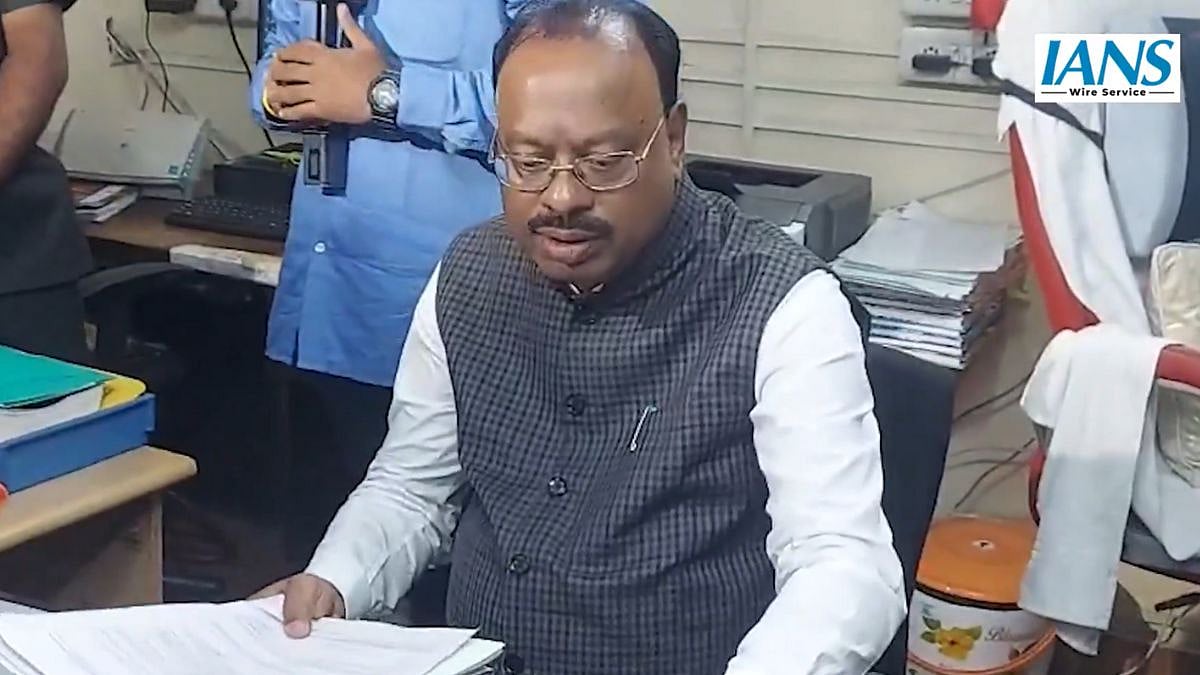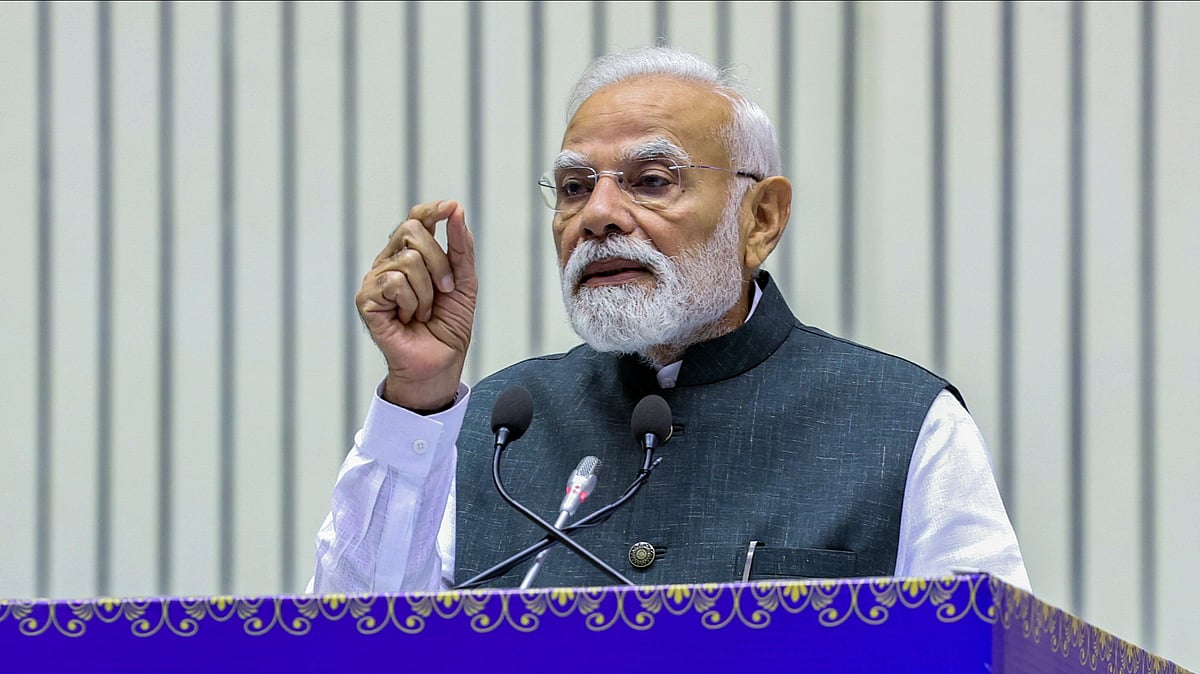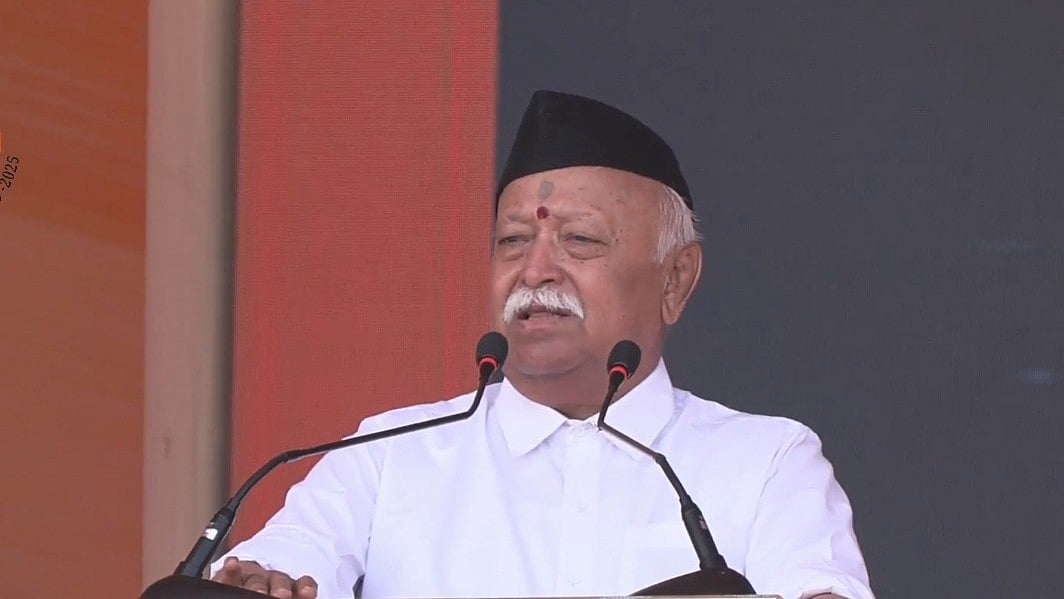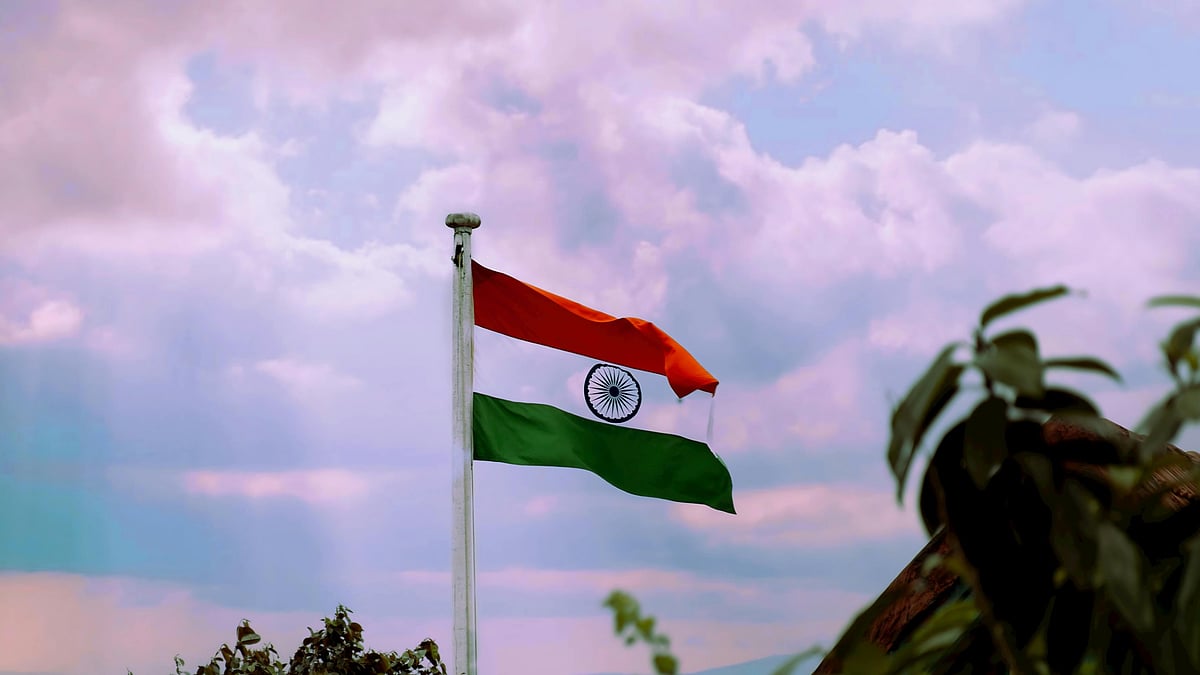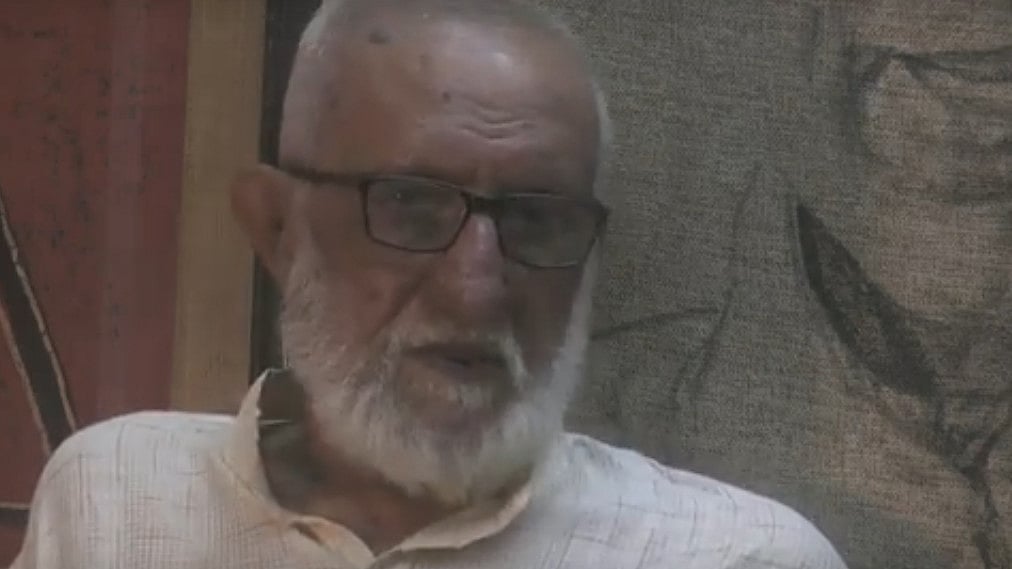The government of India has set up a high-level committee (HLC) to examine and make recommendations on holding simultaneous elections across the country, for national and state legislatures and also village, town and city councils. The committee is chaired by former President of India Ram Nath Kovind. The terms of reference of the HLC say that it is expected to examine requisite amendments to the Constitution, recommend a possible solution to problems like a hung House, defections or no-confidence motions, suggest safeguards to ensure continuity of the cycle of one-election-only, of logistics of EVMs etc, and the use of a single electoral roll for all elections. Obviously, this is a very ambitious agenda for the HLC.

Popularly known as one-nation one-election (ONOE), this was in the 2014 manifesto of the Bharatiya Janata Party. During 2015 and 2016 it was the subject matter of a Parliamentary Standing Committee, and the subject matter of a communication between the Principal Secretary to the Prime Minister and the Election Commission of India (ECI), and a Union Law Ministry’s report sent to ECI. In 2017 President Pranab Mukherjee made a mention of ONOE in his address on the eve of Republic Day. Later that year the Niti Aayog published a discussion paper on this topic. In 2018 President Kovind in his joint address to the two Houses of Parliament indicated the desirability of holding simultaneous elections. ONOE has thus been around in discussions for at least nine years now. The formation of the HLC is a significant step toward its implementation.
The rationale for ONOE is that it will reduce excessive spending on elections since we seem to be always in election mode. It will remove roadblocks to development caused by the model code of conduct which is in force during elections. And it will reduce largescale deployment of security forces for prolonged periods of time during elections. Each one of these three issues can be questioned.
For instance, if there is excess spending on elections, who is doing it? The government’s own spending is not even 0.1% of its total budget, both at the Centre and the State level. This is as per accounts submitted by the ECI or the State Election Commissions. The “excessive” expenditure is actually what is spent by candidates and political parties. This too is not confirmed in official documents. As per accounts submitted to the ECI, on an average the official spending by candidates is not even 50% of the permissible ceiling. The candidates are, at least officially, underspending not overspending.
So this means that much of the spending is via black money. Prime Minister Modi himself has said that electoral reforms are necessary to get rid of black money. But neither the candidates nor the parties have ever complained or seem to be bothered about excessive spending. If that were so, then a major step forward to get rid of black money would have been to legislate complete transparency on the source and use of funds by political parties. But parties have repeatedly resisted being subjected to the Right to Information Act. The introduction of electoral bonds has made political funding even more opaque since a connection can no longer be made by the voter between the source and destination.
Secondly it is also not clear whether the imposition of the model code of conduct seriously hinders developmental work by incumbent governments.
If the prime motivation is reducing the evil influence of money power, then several electoral reforms and funding transparency laws can be introduced, without going toward ONOE.
But be that as it may, let us examine the hurdles in going toward one nation one election. Here are five of them.
Firstly, it will require amendments to at least five Articles of the Constitution. These are Articles 83, 85, 172, 174 and 356. This will need two-thirds’ majority in both Houses of Parliament.
Secondly even if the amendments go through, their validity is likely to be challenged in the Supreme Court. This is because these amendments affect the federal character of the constitution. Under federalism, the constituent units i.e., the States have autonomy in governance on the subjects specified in the States’ list. And therefore, the election of legislative assemblies and the State government are autonomous functions. The Union government cannot interfere, unless there is proclamation of emergency as specified in the Constitution of India. The federal character of the Constitution is part of its basic structure, which cannot be amended as per the landmark 1973 judgement of the Supreme Court. We can do so, only by writing a new Constitution, which needs a new constituent assembly. This is thus an enterprise with implications which go far beyond ONOE.
Thirdly, implementing ONOE will require much more paraphernalia for the conduct of elections, of which the security forces and arrangements would be paramount. Even for one large State like Uttar Pradesh, elections had to be conducted in seven phases spread over two months, mainly to ensure law and order and prevent violence. Imagine conducting national, State and local elections at one go. The requirement of security forces, election observers, returning officers and other resources, as also EVM’s would completely overwhelm the current capacity. What if even one accident or sabotage happens which will vitiate the entire process, and “ring fencing” such incidents will bring Constitutional difficulties. The precision and synchronisation effort required are formidable, and unless capacity is substantially enhanced this is going to be a hurdle.
Fourthly, how to deal with governments which fall in the middle of the term? And what about premature dissolution before the completion of full terms? This is a democratic prerogative which cannot be denied. Of the 17 Lok Sabhas, eight were prematurely dissolved. Will the mid-term fall of a government or dissolving of a legislature be only replaced by President’s rule? That would be even more detrimental to democratic norms and aspirations of the people. This was indeed a view expressed by former President Pranab Mukherjee in a speech in 2018, after demitting office. The ONOE also undermines the effort of empowerment of the third tier, by having directly elected mayors.
Fifth, it is not clear that excessive spending will come down, which is the prime motive behind ONOE. Since more than 90% of spending on elections is black money from unaccounted sources, it needs to be tackled differently. And it won’t simply go away with ONOE. Strong reforms have been proposed over two decades by Law Commissions, the Election Commission and citizens’ groups. But not much has been done by lawmakers to reduce black money in elections. ONOE is not likely to make a dent, and that is its very purpose. Much debate and discussion are expected in the coming days, but the road ahead for ONOE is bumpy for sure.
Dr Ajit Ranade is a noted economist. (Syndicate: The Billion Press, email: editor@thebillionpress.org)

